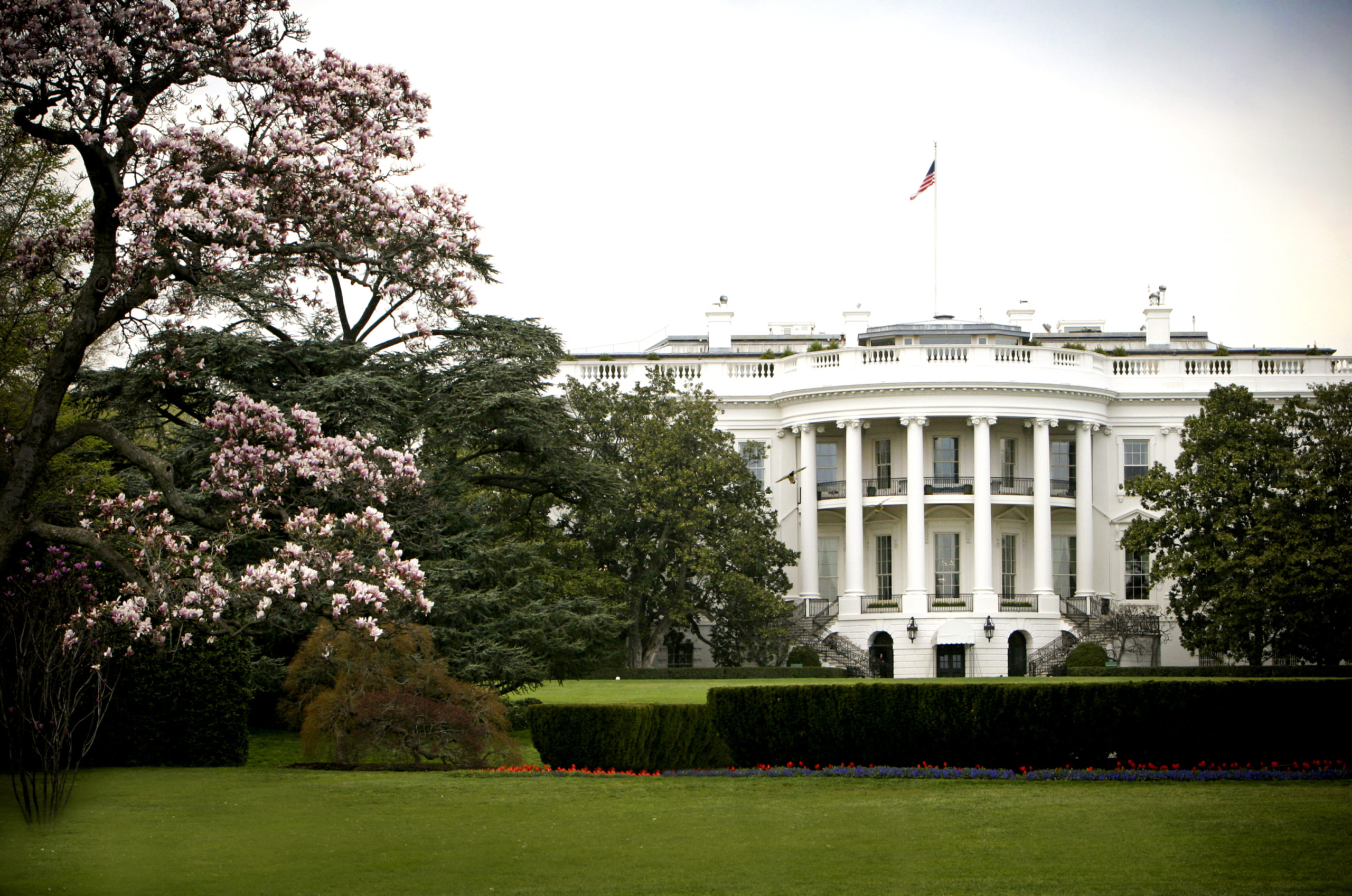
OIRA should use both top-down and bottom-up approaches to advance equity at the agency level.
A recent forum hosted by the Administrative Conference of the United States (ACUS) included a noteworthy panel. This panel compared different approaches for developing and implementing strategies for enabling underserved communities to participate in regulatory policymaking processes more fully. It was especially timely in light of President Biden’s executive order on “Advancing Racial Equity and Support for Underserved Communities Through the Federal Government.”
More specifically, the panel focused on the merits of a top-down approach to implementing the executive order. Under such an approach, the White House Office of Information and Regulatory Affairs (OIRA) would manage all of the efforts.
As the centerpiece of presidential leadership, OIRA serves as both overseer of the quality of agency action and mouthpiece for the President’s policy goals. Professor Richard Revesz has suggested that OIRA itself or another centralized, presidential enforcement body could encourage agencies to take into account the distributional consequences of regulation. His proposal could result in an administrative focus on equitable outcomes similar to the pervasive governmental culture of cost-benefit analysis that OIRA has promoted since the Reagan Administration. Likewise, the ACUS panelists’ suggestions that OIRA issue guidelines to increase participation in rulemaking and to balance efficiency and equity in cost-benefit analysis fit well within a conventional, top-down approach to regulatory governance.
These top-down approaches are commendable. They are also idealized, however. This is because a wholly top-down approach is likely to foster only impermanent growth in regulatory justice.
First, the problem with—or in some cases, a benefit of—executive orders is that they last only as long as the President who issued them is in office. Because of the transience of executive orders, we should reconsider OIRA’s role in implementing them.
Second, the reason that OIRA-led cost-benefit analysis has proliferated throughout the government, and has been the favored approach for presidents regardless of political party, is because it strengthens presidential control over agency action. The control advanced by cost-benefit analysis can be used to further any sort of substantive policy or agenda, which renders it useful to presidents regardless of their policy interests or partisan leanings.
In contrast, prioritizing distributional equity or regulatory participation for underserved communities does not benefit presidents’ capacity to wield control over executive agencies for the president’s own purposes. As a result, it seems unlikely that presidents will employ OIRA to further these values across changes in administration and shifts in party dominance.
So, what can be done about this?
A non-centralized approach may serve the values of President Biden’s executive order better over time—that is, even after President Biden is no longer in office. OIRA should entrench equity and accessibility focused priorities at the agency level through modifications to the bureaucracy and institutional design. Such bottom-up improvements would complement top-down approaches to create more lasting change.
Indeed, top-down and bottom-up approaches could interact to nurture enduring progress in how the administrative state engages marginalized, underserved, and vulnerable communities. The Biden Administration’s executive order declares that “advancing equity requires a systematic approach to embedding fairness in decision-making processes, executive departments, and agencies.” I advocate a multifaceted approach to accomplishing this goal.
The executive branch should use the executive order, which will surely be revoked once the opposing party comes into office, as an impetus to change administrative structures and practices on an agency and sub-bureaucratic level.
The answer is not to forgo centralization altogether. Indeed, President Biden’s OIRA should work with political appointees, including White House officials and heads of agencies, as well as expert administrators on the front lines of the regulatory process, to entrench shifts in the administrative state that are resistant to shifting political winds. The more carefully and collaboratively this is accomplished, the more likely these changes are to “stick.” As a result, the current White House could better ensure that improved regulatory access to and outcomes for underserved communities become part of agencies’ standard operating procedures.
So, what might this look like?
At a minimum, the President should refrain from employing the bully pulpit or interfering in ground-level administrative policies in a manner that exacerbates injustice. Rather the President should continue to engage in rhetoric in support of equity. This type of speech is, as Paul Butler a professor at Georgetown University Law Center puts it, a “decent but limited start.”
In addition, the President could direct inter-agency administrative coordination, more detailed regulatory action, the issuance of agency guidance, the prioritized enforcement of the law, and other policies that expand administrative capacities to improve fair engagement and outcomes.
Also, the White House should proactively arm OIRA to force regulatory review and shifts—or possibly even reductions—in the application of cost-benefit analysis to ensure that agencies prioritize the needs of vulnerable communities.
Furthermore, the White House, including the current OIRA, could require agencies themselves to identify, investigate, and discontinue administrative policies that render participation inaccessible to certain individuals. The White House could also appoint policymakers that encourage the proliferation of civil servants with an interest in furthering equitable administrative policies, in particular rulemaking.
Finally, the White House could empower offices within agencies, such as offices of civil rights—currently both ubiquitous and somewhat toothless—or newly created institutions serving as mini-OIRAs to improve regulatory processes and distributional consequences. These intra-agency bodies could be harnessed to encourage agencies on a more individualized basis to implement mandates that improve regulatory access to and outcomes for underserved communities. Moreover, these offices could persist in their pursuit of regulatory equity, even after a new administration revokes the executive order and dismantles any OIRA initiatives related to the order.
Notably, these prescriptions are not intended to produce a more robust concentration of presidential power. Rather, they harness the President’s capacity to distribute and diffuse power within the executive branch away from herself—to activate the “internal separation of powers”—in order to enhance executive agencies’ potential to act as a check against future residents of the White House that might interfere with or put an end to agency efforts to improve equity.
Ultimately, as Professor Brian Williams and Carmen Williams have written, the President could lead the effort to foster a “new administrative state … dependent on regulatory agencies and public administrators who are anti-racists and who seek to create and promote a fair, just, and equitable approach to public administration to safeguard those who have traditionally been seen as the least of these within our society.” This result is preferable, perhaps, to simply harnessing the old administrative state to do better for only the period of time that President Biden is in office.
This essay is part of a nine-part series entitled Creating an Administrative System for All.




